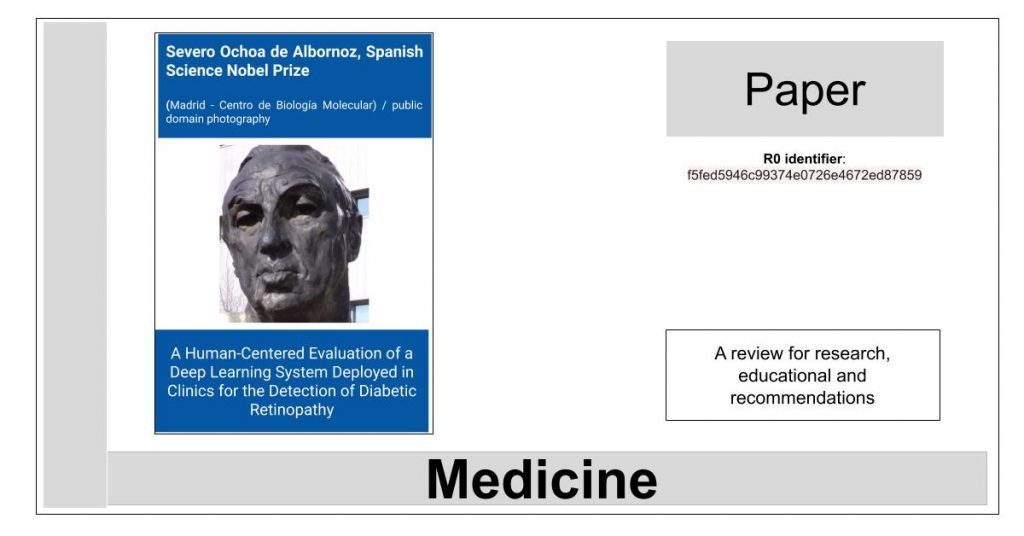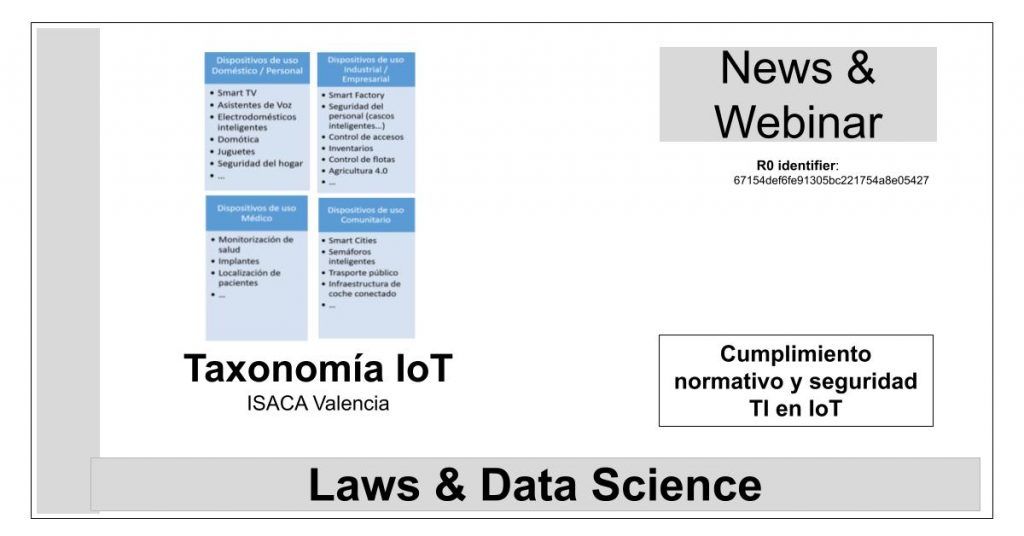A Human-Centered Evaluation of a Deep Learning System Deployed in Clinics for the Detection of Diabetic Retinopathy
This paper contributes the first human-centered observational study of a deep learning system deployed directly in clinical care with patients. Through field observations and interviews at eleven clinics across Thailand, we explored the expectations and realities that nurses encounter in bringing a deep learning model into their clinical practices. First, we outline typical eye-screening workflows and challenges that nurses experience when screening hundreds of patients. Then, we explore the expectations nurses have for an AI-assisted eye screening process. Next, we present a human-centered, observational study of the deep learning system used in clinical care, examining nurses’ experiences with the system, and the socio-environmental factors that impacted system performance. Finally, we conclude with a discussion around applications of HCI methods to the evaluation of deep learning algorithms in clinical environments.
A socio-technical framework for digital contact tracing
In their efforts to tackle the COVID-19 crisis, decision makers are considering the development and use of smartphone applications for contact tracing. Even though these applications differ in technology and methods, there is an increasing concern about their implications for privacy and human rights. Here we propose a framework to evaluate their suitability in terms of impact on the users, employed technology and governance methods.
#Standards4Quantum: Making Quantum Technology Ready for Industry
The Joint Research Center (JRC) in cooperation with the European Committee for Standardization (CEN) and the European Committee for Electrotechnical Standardization (CENELEC), European Commission’s Directorate General Communications Networks, Content and Technology (DG CNECT), and the German Institute of Standardisation (DIN), organised in Brussels on 28-29 March 2019 the Putting-Science-Into-Standards (PSIS) workshop on Quantum Technologies.
INTERPOL: Impact of COVID-19 on Financial Crimes, webinar
The complexity of acting against cybercriminal internet domains was discussed; also on the techniques used in cybercrime… Information and detailed well-explained was offered by INTERPOL members, on how to detect and act in most cases.
Tools on Cybercrime & Electronic Evidence Empowering you
Welcome to the Search portal of the Cybercrime
The European Data Protection Supervisor, 2019 Annual Report a year of transition
With new legislation on data protection in the EU now in place, our greatest challenge moving into 2020 is to ensure that this legislation produces the promised results. This includes ensuring that new rules on ePrivacy remain firmly on the EU agenda. Awareness of the issues surrounding data protection and privacy and the importance of rotecting these fundamental rights is at an all time high and we cannot allow this momentum to decline.









